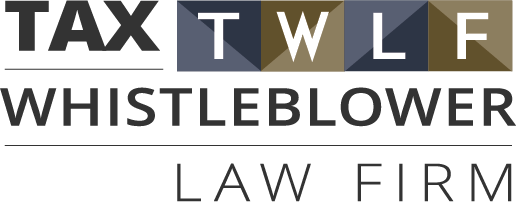Can filing your tax return be easier than ordering a pizza?
/President Obama thinks there is a technology gap between the public sector and the private sector. He says filing a tax return should be as easy as ordering a pizza. See this Wired article.
President Obama's comments raise the question: is the tax code too complex? Earlier in the Presidential Race, Senator Ted Cruz advocated abolishing the IRS and filing a tax return on a post card. See my earlier blog post.
Likewise, as stated in the prior post, the IRS already has a simple filing procedure. See this earlier blog post. See also US News article about whether you should file your own tax returns. Even TurboTax has its own app. So do we need filing tax returns to be any simpler?
Perhaps the President meant to say that we should have a flat tax rate? This blog previously addressed the flat tax rate debate with Senator Cruz' proposal. See also this International Monetary Fund (IMF) whitepaper about the success of a flat tax (paper summarized that in most cases the flat tax failed to raise additional revenue, with the exception of Russia). Also the paper states that in most cases because of a switch to a flat tax, many of the countries had to enact changes to eliminate exemptions to the personal income tax system and VAT system and increase excise taxes. The whitepaper also concludes that the sustainability of the flat tax is still indeterminable, usually because enacting the flat tax was a result of a political change of regime.
Or perhaps the President meant to discuss the tax rates corporate income tax structure in the U.S. One prevalent discussion point is whether the U.S. should lower its corporate tax rates to match other industrial nations and to curb U.S. Multinational Corporations from using inversions, transfer pricing and earnings striping to shift the tax burden to a lower tax jurisdiction. See this Tax Policy article.
Or perhaps the President meant to discuss the tax rates for individuals and where to place the tax burden. As discussed in this blog, the Presidential race appears to be a debate over who should we tax and give tax cuts (Rich vs. Poor). Also in the same blog, I highlight how Clinton's tax plan will likely be more complex. What people forget is that complexity is what allows people to get tax breaks. The so-called loopholes in the code are designed to allow people to legally avoid paying tax on income, without resorting to tax shelters. See this IRS site for list of tax shelters.
Or perhaps the President is discussing the tax gap (estimated $458 Billion dollars) and how technology might assist the IRS in enforcement. See this IRS presentation addressing the tax gap and how the IRS is combatting the tax gap. Noteworthy is that the IRS' presentation proposes to simplify the code to ensure compliance. Is the IRS' efforts to combat the tax gap being hampered by the continual decrease in the IRS budget? See this Center on Budget and Policy Priorities article on IRS budget cuts.
If better enforcement is the issue, and given the IRS' budget cuts, the bigger question is why isn't the IRS utilizing the Whistleblower program it has to ensure better compliance. See my colleague's blog, about whether the IRS really supports its whistleblower program.
If you have specific and credible evidence of taxpayers failing to file their tax returns and/or paying their tax liabilities in excess of $2 million of taxes, interest and penalties, you should consider filing an IRS tax whistleblower claim. Contact us to assist you in filing your tax whistleblower claim to received an award of between 15-30% of the amounts collected by the IRS on tax liabilities in excess of $2,000,000.

